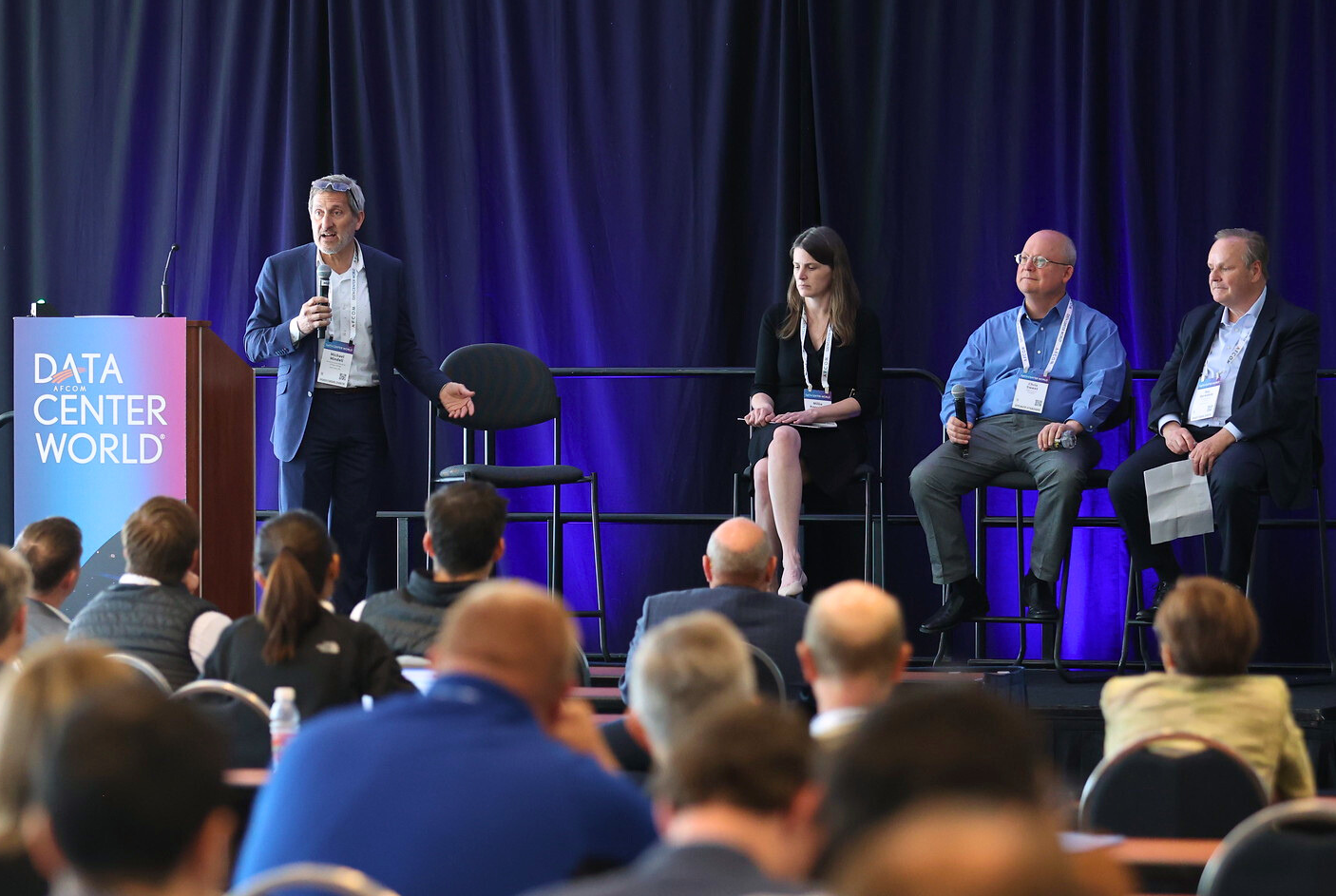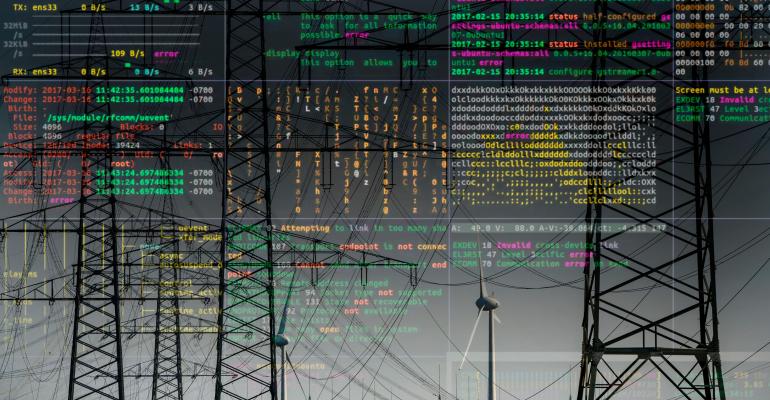With the growth of data centers across the country, operators are under pressure to reduce their environmental footprint. Yet the basics remain as important as ever: maintaining the core business uptime 24/7/365. Most data centers have built-in redundancy plans for power and cooling to maintain reliability – and that is an area where there is ample opportunity to add revenue.
By enrolling back-up systems in grid services programs, data centers can create an additional income stream and unlock the full potential of energy assets that typically sit idle for months on end.
A panel at Data Center World 2024 discussed these grid services programs, explaining how data centers can work with utilities and vendors to use their generators in what is known as demand response. According to the Department of Energy, demand response provides an opportunity for energy consumers (such as data centers) to play a role in the operation of the electric grid by reducing or shifting their electricity usage during peak periods in response to time-based rates or other financial incentives.
Typically, a utility pays a data center or other facility to have its backup generation assets on standby should grid managers need to balance supply and demand. For example, a data center may be asked to switch from grid power to backup power for a few minutes or a couple of hours until the grid is stabilized.
Join a Virtual Power Plant
Michael Mindell is a senor national account executive for CPower, a company that helps owners of distributed energy resources (DERs, such as backup generators) transform those DERs into elements within a virtual power plant (VPP) that operates as part of the grid. The company manages seven gigawatts of capacity at 27,000 sites across the U.S.
“Data centers can maximize the value of their DERs while contributing to a cleaner and more energy-efficient grid through VPPs,” said Mindell at Data Center World. “A DER is basically anything that can consume, generate or store electricity and is able to respond to a signal.”
Operators can monetize DERs by using them to strengthen the grid when and where reliable, dispatchable resources are needed most. After all, the demand for energy sometimes outpaces the ability to supply it, which can cause brownouts or blackouts, Mindell said. Instead of building more power plants to add more capacity, a grid operator can balance the grid by paying energy users to use less electricity when demand exceeds supply.
(Left to right) Michael Mindell, Millie Knowlton, Chris Sweet and Ray Berkebile during a panel discussion at Data Center World on April 16, 2024.
“There are a number of demand response and ancillary services available that might be price-responsive or emergency-based,” said Millie Knowlton, director of strategy at CPower. “Data centers receive incentives for participating in demand response and supporting grid reliability and sustainability.”
A VPP, she added, is an aggregation of DERs that provide grid services via coordinated dispatch. Those interested in participating in such demand response programs should identify areas where they can connect, pool and control assets, and sell flexibility into energy markets.
The Four Ds of the Modern Grid
Knowlton then laid out the four Ds of the emerging grid that data center operators need to know: Decarbonization, decentralization, digitization and disruption.
Decarbonization is primarily about transitioning from fossil fuels to renewable energy. But as renewable penetration rises, intermittency and grid stability issues multiply. Thus, new load curves and demand patterns emerge. Corporate environmental, social and governance (ESG) initiatives typically target decarbonization and this, in turn, drives the need for flexibility and VPP services.
“As well as being price driven, grid services such as demand response forward sustainability and ESG goals,” said Knowlton.
Decentralization is all about moving away from the traditional model of one large utility providing the power to every house, business and industry in an entire region. By facilitating the growth of DERs through incentives and regulatory changes, a more distributed grid architecture emerges.
Digitization takes advantage of AI and telco advancements to run a more efficient grid. Real-time communications and grid signals trigger rapid switching from the grid to DERs and back again for demand response participants.
Disruption relates to the growing prevalence of winter storms, summer heat waves, droughts, hurricanes and other events that tend to take down the grid – either locally or regionally. COVID-19 was another form of disruption in recent years.
“VPPs are one piece of the response to the four Ds and are an integral part of the grid of the future,” said Knowlton.
Data Center Readiness for Demand Response
To take advantage of such grid service programs, data center assets must be available to the grid at a moment’s notice. It is all too common for a data center to not use its generators for long periods and then find them faulty when an emergency arises. They need to be well-maintained and regularly tested so they are ready when called upon.
Data center DERs also need to be properly permitted and compliant to a variety of federal, state and local mandates. Data center managers need to pay attend to such laws and standards as regular updates and changes are issued, said Knowlton.
Fuel preparedness, too, is another challenge. If the data center wishes to make money from letting the grid operator switch it from grid power to backup generators, the facility must have enough fuel stored onsite or available on demand to last until grid power is resumed.
Demand Response in Action: Case Study
CloudHQ is an online service offering email productivity workflow solutions as well as cloud sync and backup solutions. Chris Sweet, environmental health and safety director at CloudHQ, said his company has been providing demand response services to its clients for a decade.
“Two-hour notice is typically given of the need to switch to onsite power to help the grid,” said Sweet. “We are also involved in a peak power program that rewards you for avoiding peaks known as 5CP and an energy efficiency program that deals with PUE.”
CloudHQ partners with CPower to figure out the best way to run these programs. Sweet advises data centers that begin demand response to practice in advance. They should test their responsiveness, iron out any kinks, perform any needed upgrades and ensure they are good to go when the grid comes knocking. Sweet noted that the PJM grid network in the northeast successfully uses demand response to address unexpected peak demand and system outages.
“PJM came close to a major incident one Christmas eve and demand response saved the day,” said Sweet.





